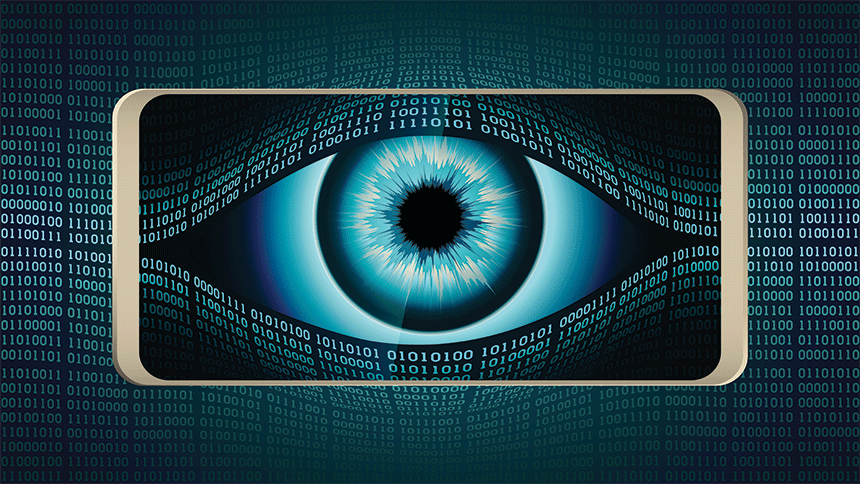Questions for ‘Smartphones put your privacy at risk’

Smartphones have become essential companions, but they spy on you all the time. And they may “leak” that data.
ValeryBrozhinsky/iStockphoto

Smartphones have become essential companions, but they spy on you all the time. And they may “leak” that data.
ValeryBrozhinsky/iStockphoto